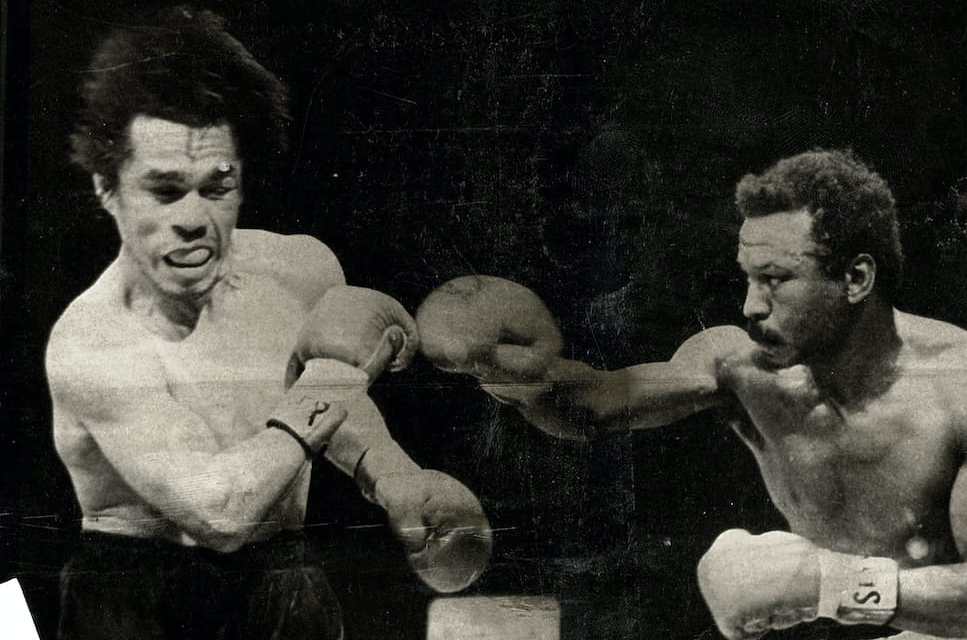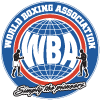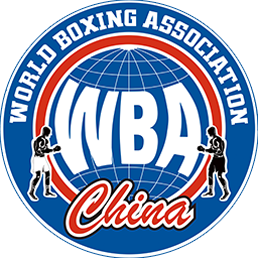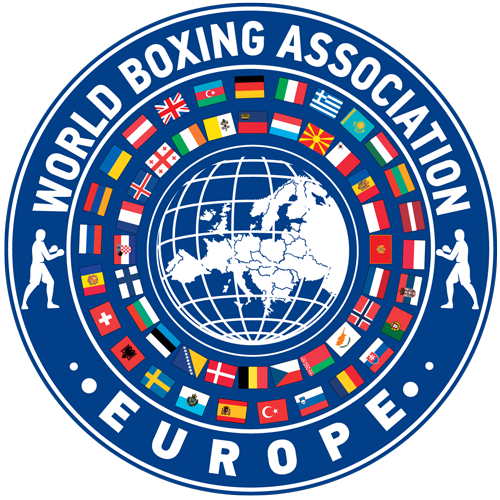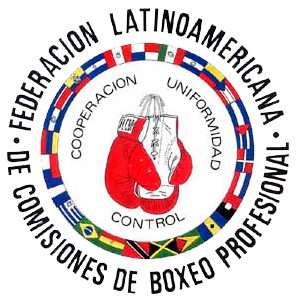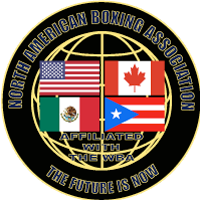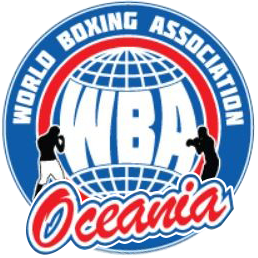Submerged in the most pitiful and unfathomable poverty, afflicted with various ailments (diabetes, Alzheimer’s and malnutrition), the Cuban-Mexican fighter José Ángel Nápoles, a boxing legend known as “Mantequilla”, fought his last fight on August 16, 2019 and lost to death in Mexico City, victim of a heart attack at the age of 79.
The former World Boxing Association and World Boxing Council welterweight champion has been ranked as one of the greatest 147-pound monarchs and boxing in general. Eight years ago, The Ring magazine even ranked him 32nd among the 100 best in the long and storied history of the discipline.
Nápoles, was born in Santiago de Cuba on 4/13/40, and became a Mexican citizen in the early 60’s, after leaving his native island due to the prohibition of professional boxing in 1959, by Fidel Castro’s decree. He made his debut in his country against Julio Rojas in August 1958 (won by KO1) and suffered his first setback against Hilton Smith in his eighth fight. When he left Cuba, the young fighter had already made 18 fights with 17 wins, one defeat on points and 6 knockouts. He already stood out as a prospect in a promising generation of Cuban fighters that included Luis Manuel Rodriguez (he was world middleweight champion), Douglas Vaillant, Angel Robinson Garcia, Florentino Fernandez, among others. In Havana, he fought twice against the Venezuelan Tony Padron, who was national featherweight champion, he won the first by UD and the second by disqualification in the fifth round.
Napoles traveled to Mexico with a 17-1-0 record in the lightweight division and on July 21, 1962, guided his countryman journalist Cuco Conde, he made his debut against Enrique Camarena, whom he knocked out in two rounds. “Mantequilla”, who was already considered one of the best lightweights in Mexico and the Caribbean, weaved a long chain of victories, although he lost decisions against the Mexican Tony Perez and Alfredo “Canelo” Urbina and succumbed by KO4 against the American L.C. Morgan, from whom he got revenge in the rematch in two rounds, and a third victory in 4 fights.
His clash with Morocho
Napole visited Caracas, Venezuela 3 times and always fought at the Nuevo Circo. He was hired by the Oscariparra company, whose owners -Oscar Ibarra and Jacinto Parra- entrusted the management of bringing him to the Zulian Rafito Cedeño, who would later become a famous and remembered businessman. In his first performance he fought the veteran L.C. Morgan (with almost 100 fights and Napoles a little more than 30) and knocked him out in the seventh round on November 30, 1963. They would fight three more times after that. In his second fight in Caracas, on June 22, 1964, he fought Carlos “Morocho” Hernandez (34-3-3 and 17 K.O.). Morocho knocked “Mantequilla” down in the fourth with a solid right hand, but Napoles (34-3-0 with 18 K.O.’s) got up and knocked the local out standing in the 7th with relentless punishment to the head, and combinations to the flanks. With “Morocho” stumbling around the ring, leaning on the ropes, “Mantequilla” went to finish, but the Venezuelan referee Críspulo Salazar stepped in and stopped the unequal fight, the first K.O. received by Morocho, who lost only 5 by that way out of 12 defeats and 4 draws in 76 fights of which he won 60, 44 of them by K.O., more than any other fighter in the country.
At that time people said that the visitor fought the remaining two rounds, after his knockdown, in darkness and sustained only by his great boxing quality. They even reported that in the dressing room “Mantequilla” did not know if he had won or lost by knockout. They added that when the journalists entered the dressing room, Napoles asked Conde “in what round did he knock me out?” and that his manager told him to shut up with a very Cuban expression: “Don’t eat shit: you won in seven rounds!.
Certainly, all this is part of the story, perhaps only the fruit of the local imagination, and people remembered and rumored to be true by those fans of those remote days when they got together to discuss and boxing. Following that fight with the first Venezuelan world champion, in his last fight at the Nuevo Circo, Nápoles knocked out the Italian Giordano Campari in two on March 25, 1965.
A long-lasting champion and Monzon on the way
He got his title shot on April 18, 1975 at the Forum in Inglewood, California, against Curtis Cokes, WBA and WBC champion, and after an intense battle Napole Knocked him out in round 13. Two months later, in the rematch, he beat him again in 10. He continued with successful defenses against the tough and always dangerous Emile Griffith and against the Californian Ernie Lopez, but Billy Backus (nephew of the mythical former welterweight and middleweight champion Carmen Basilio) surprisingly took both belts from him in December 1970 in 4 rounds. The rematch came six months later and Napoles overwhelmed Backus in only 8 rounds. He added other victories in succession over Hedgemon Lewis, Englishman Ralph Charles (in 7), Adolph Pruitt (in 2), Ernie Lopez (7), Welshman Róger Menetrey (DU15), Canadian Clide Gray (D15), Lewis again (in 9), Argentine Horacio Saldaño (KO3) and Aztec Armando Muñiz (2 times by points) In total, 15 defenses, with 8 knockouts.
Among the defenses of the 147 lbs. championship USA, UK, France and Canada, took place Napoles’ confrontation with the famous middleweight king, the Argentine Carlos Monzón, in Paris on February 9, 1974, in a duel that, despite the adverse result for “Mantequilla”, it became his most publicized and remembered fight because it was between two boxing legends. The Santa Fe power puncher won in seven rounds, but Napoles, who gave advantages in weight as a natural welterweight (147 pounds or 66.678 kilos), never lost against a natural middleweight (160 pounds, 72.570 kg). Later in the dressing room “Mantequilla” accused Monzon of sticking the thumb of his glove in his eye. Naturally, Monzon denied the accusation.
The “Mantecas”, as he was also fondly called by his Mexican fans and the press of that country, fought 4 more fights after Monzon (the aforementioned Lewis, Saldaño and 2 with Muniz) and on December 6, 1975 he defended his World Council belt (he had voluntarily relinquished the WBA belt), in the Plaza Monumental de Toros of Mexico City against the British John Stracey. The venerable and tired 35 year old warrior with 17 years of constant activity, gave up in 6 rounds. He never fought again after that. He left behind a glittering record of 81 wins, although some publications say he won 77 fights, 54 by KO and only 7 defeats, only 4 before the limit, with no draws.
He was inducted into the Hall of Fame in 1984 and in 1990 into the International Boxing Hall of Fame in Canastota, New York. In total poverty he spent his last days in Ciudad Juarez, Chihuahua, living in a house lent by friends. Very deteriorated physically and mentally, he was transferred to Mexico City, where he gave his last battle, that of life, and lost it, on August 16, 2019.
He left lightly, as the Andalusian bard Antonio Machado said in an old poem, as we pointed out, without a penny in his saddlebags after having earned thousands and thousands of dollars in the ring, and as a tenant in his last days. Nevertheless, a millionaire in glory, as a great among the greats that he was.
These lines are a tribute in his memory, two years after his final journey.


